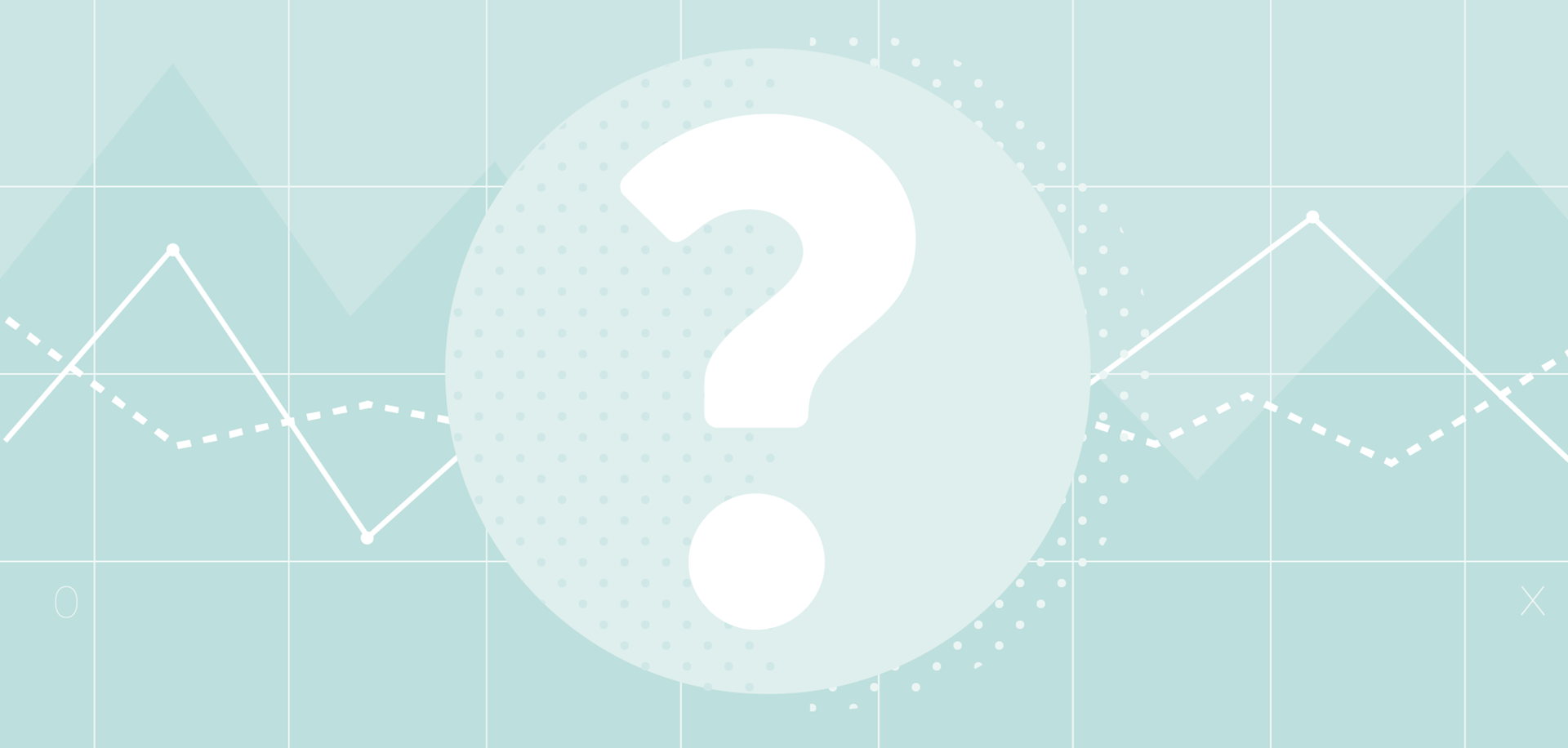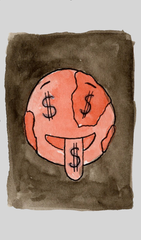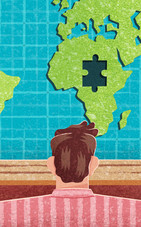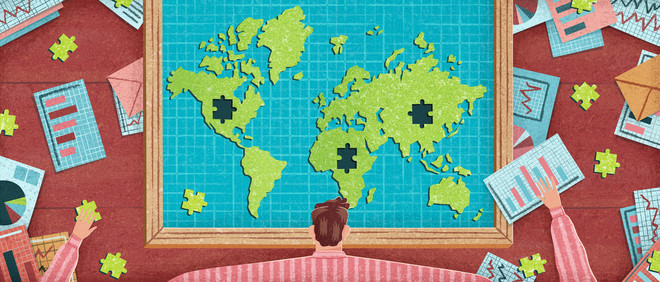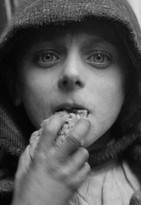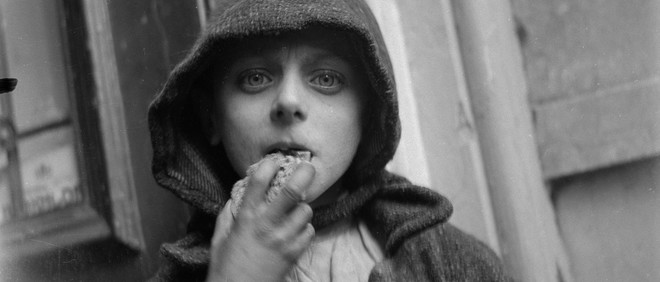You’ve seen the headlines: “UN: 15-year push ends extreme poverty for a billion people." And: “World Bank: Extreme poverty to fall below 10 percent."
These kinds of statistics on poverty appear regularly in the media. Often, they deal with what’s known as extreme poverty: surviving on less than $1.90 a day.
So how do you calculate the number of people with less than $1.90 to spend?
Step 1: Conduct a survey in every country
The first step is collecting data. In every country, on behalf of their local census bureau, people go out and conduct what are known as household surveys. These are questionnaires that can be used to determine how much income each household has to spend.
In Tanzania, for example, participants are asked: “How much fresh cassava has your household consumed in the last seven days?" And: “How much did it cost?” The questions are highly specific; there are separate categories for “dried cassava” and “fresh cassava”, for instance.
There are separate categories for “dried cassava” and “fresh cassava”
It’s impossible to interview every single inhabitant of a country, of course – that would take far too much time and money. This makes it important that the group you do approach – your random sample – accurately reflects the country as a whole. After all, if you wanted to learn about the Netherlands, you wouldn’t just talk to wealthy urbanites living in Amsterdam brownstones.
This plays out as follows: Participants are chosen at random. The thinking goes that if your group is large enough – typically a few thousand people for this kind of survey – you’ll have a representative slice of the population.
Often, the greater population is also divided into “strata” or subgroups, from which individuals are selected. The US, for instance, could be divided into its 50 states. If you then also made a distinction between urban and rural areas, you’d end up with 100 strata.
In the same way, Tanzania is divided into eight “administrative zones” including the Zanzibar archipelago. The zones on the mainland are divided into rural areas and cities.
Step 2: Calculate consumption per household
When all the data has been gathered, the census bureau can work out how much each household has consumed. Don’t forget – this is something different than income.
In developing countries, income is often subject to major fluctuations due to factors like temporary employment or a disappointing harvest. What’s more, a lot of the time there are no neat little pay stubs like we get in developed countries. And barter is also very common: you trade the eggs your chicken lays for the cassava grown by your neighbor.
All of these things make it difficult to quantify income. That’s why statisticians prefer to focus on consumption: how much a household uses, measured in goods and services.
The numbers from the random sample are extrapolated to the entire population. If 400 of the 4,000 subjects interviewed – 10% – had less than a given amount to spend, one can infer that the same is true for 2 million of the total population of 20 million. If certain groups are over or under-represented in the survey, a few corrections will be made.
This yields a picture of the distribution of wealth within a given country. Using these figures, you can answer the question, How many people are living below the poverty line?
Step 3: Establish the poverty line for each country
But where exactly should you draw the line? After all, a dollar goes much further in India than it does in the United States.
In order to calculate this, something called purchasing power parity is used. This PPP is a kind of advanced exchange rate – a way to make an expenditure in one country comparable to that in another. A “PPP dollar” will buy just as much in Tanzania as it will in India.
The poverty line in India is 32.3 rupees per day
Every so often, the International Comparison Program publishes a new set of PPPs. The latest numbers are from 2011. At that time, the PPP for India was 15.1. That meant that some 15 rupees would buy you the same thing as one dollar.
The “dollar” referred to in establishing the poverty line, by the way, is not the same as a regular old U.S. dollar – in this case, it’s a 2011 PPP dollar. In other words, the poverty line is always expressed in terms of a certain year and country.
Let’s say you want to calculate the number of poor people in India in 2015. First, you calculate the exchange rate for $1.90 using the 2011 PPP. That would be 1.90 times 15.1, which comes to 28.7 rupees per day. Due to inflation, these rupees are worth less in 2015 than in 2011. So you have to correct for this as well.
Which brings you to the poverty line for India: 32.3 rupees per day.
We’re almost there now. For every country, you look at how many people are living under the converted poverty line. You add all the numbers up and voilà: you know how many people in the world are living in poverty. Right?
Well, sort of...
It sounds easy as pie. Take the right ingredients, follow three steps, and you get a nice, fresh poverty statistic. Unfortunately, reality is a little less cooperative.
Conducting and processing surveys takes a lot of time, for example. It can sometimes take years to publish new figures on poverty.
And the PPPs have their own complexities. In order to calculate them, you compare the prices of similar products – which can be difficult, since products for consumption can vary widely from one country to another. Cassava, for instance, is very popular in developing countries but is not consumed much in the US.
Comparing one country to another is difficult in other ways. The questionnaires can vary widely from one country to the next, with different numbers of questions or the same question worded in very different ways. This can have significant effects on the data. In an experiment in Tanzania, poverty estimates ranged from 47.5% to 66.8% of the population, depending on the survey used.
Taken together, these factors make it impossible to calculate poverty levels accurately down to the decimal place. What is possible, however, is identifying general trends: for example, that poverty in South America has decreased over the last decade.
We’ll be addressing the difficulties of quantifying poverty in greater detail later in this series.
—Translated from Dutch by Liz Gorin
Next in this series...
Rupees, dollars... so far, poverty seems to be just a question of cash. Next time, we’ll take a look at all the other things to consider when measuring poverty.
More from The Correspondent:





